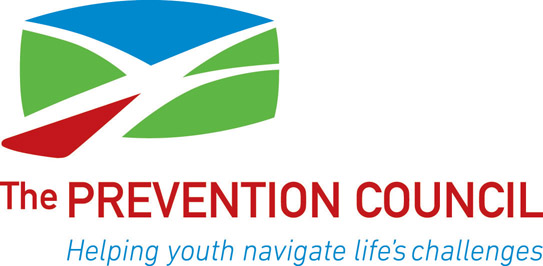Featured in:The Saratogian
Story By: Jennie Grey
Link to article can be found here: http://www.saratogian.com/general-news/20151214/survey-breaks-down-alcohol-marijuana-usage-among-students
SARATOGA SPRINGS >> How do you measure alcohol use among teenagers? The New York State Office on Alcoholism and Substance Abuse Services (OASAS) goes right to the source, asking the teens themselves.
The Alcohol and Substance Abuse Prevention Council of Saratoga County administers OASAS’s anonymous Youth Development Survey to participating Saratoga Springs City School District students in grades 7-12 every two years. The October 2014 survey results revealed key facts about increased drinking in older students and correspondingly low rates of use in younger teens.
Prevention Council Coalition Development Director Robin Lyle presented the 2014 results to the Saratoga Springs Board of Education at the board’s Dec. 8 meeting.
The Prevention Council is a community-based nonprofit organization. Its mission as a prevention specialist is to provide education, information and referral services on the subjects of alcohol, tobacco, other drug and violence prevention to individuals and communities throughout Saratoga County.
“While alcohol use by Saratoga Springs district ninth- and 10th-graders is at or below state levels, use by 11th- and 12th-graders exceeds state and national averages, and has increased 16 percent since the previous survey in 2012,” Lyle said. “Further, regular alcohol use by 12th graders is 9 percentage points higher than the state average and 23 percentage points higher than the national rate.”
The level of drinking among the Saratoga Springs high school upperclassmen is on a par with the national college underage drinking, Lyle said. Some 61 percent of the high-schoolers reported using alcohol in the past month.
Marijuana use among 10th-, 11th- and 12th-graders is above the state usage rates. Regular marijuana use for 12th-graders is 8 percentage points higher than the state average and 15 percentage points higher than the national average.
“There’s also an increased use of electronic cigarettes and vaping,” Lyle said.
There’s good news as well. Middle school alcohol and marijuana use is significantly below the state rates and has remained consistently low throughout the past decade. Also, binge-drinking among high-schoolers has declined 24 percent since 2012.
Saratoga County communication is open: More students report having received prevention messages and having talked to their parents about substance use than other students across the state.
District Superintendent Michael Piccirillo encouraged the use of positive messages about choosing not to use alcohol or drugs.
“For example, we have a series of posters up in the high school that help dispel the myth that everyone is doing this,” he said.
On the other hand, some families aren’t watching out for their teens, since high school students are most often consuming alcohol at private homes, getting it from friends or acquaintances who are younger than 21, interestingly. Students also reported getting alcohol at concerts and sporting events, at a higher rate than their peers across the state.
“Of the 11th- and 12th-graders who reported using alcohol, 68 percent said either they were not caught or, if caught, did not receive consequences from their parents,” Lyle said.
The Prevention Council made several recommendations for parent, student and community focus on alcohol and marijuana use.
For parents, the nonprofit suggested raising parent/community awareness of risks of use, and increasing parent/teen conversations about expectations, family policies and consequences of use.
For students, the recommendations included promoting awareness of actual norms of substance use by peers and reinforcing periodically with positive messaging, and raising awareness of the risks of substance use.
For the community, the council proposed partnering with law enforcement to address underage drinking parties and promoting an underage drinking hotline to report such parties.
The Youth Development Survey was administered in-school in October 2014. A total of 3,186 individual student responses were included in the final report. Of these, 1,084 were middle and 2,102 were high school students.
And how do you know the students were telling the truth about such a complicated and personal subject? Following receipt of the surveys, all survey forms were checked to determine the validity and reliability of the data. A small percentage of students were judged to have returned invalid survey data. For example, students who claimed to use all drugs at the highest levels of use were eliminated from the final data set. In total, five separate checks of the logical consistency and validity of the students’ responses were conducted.
